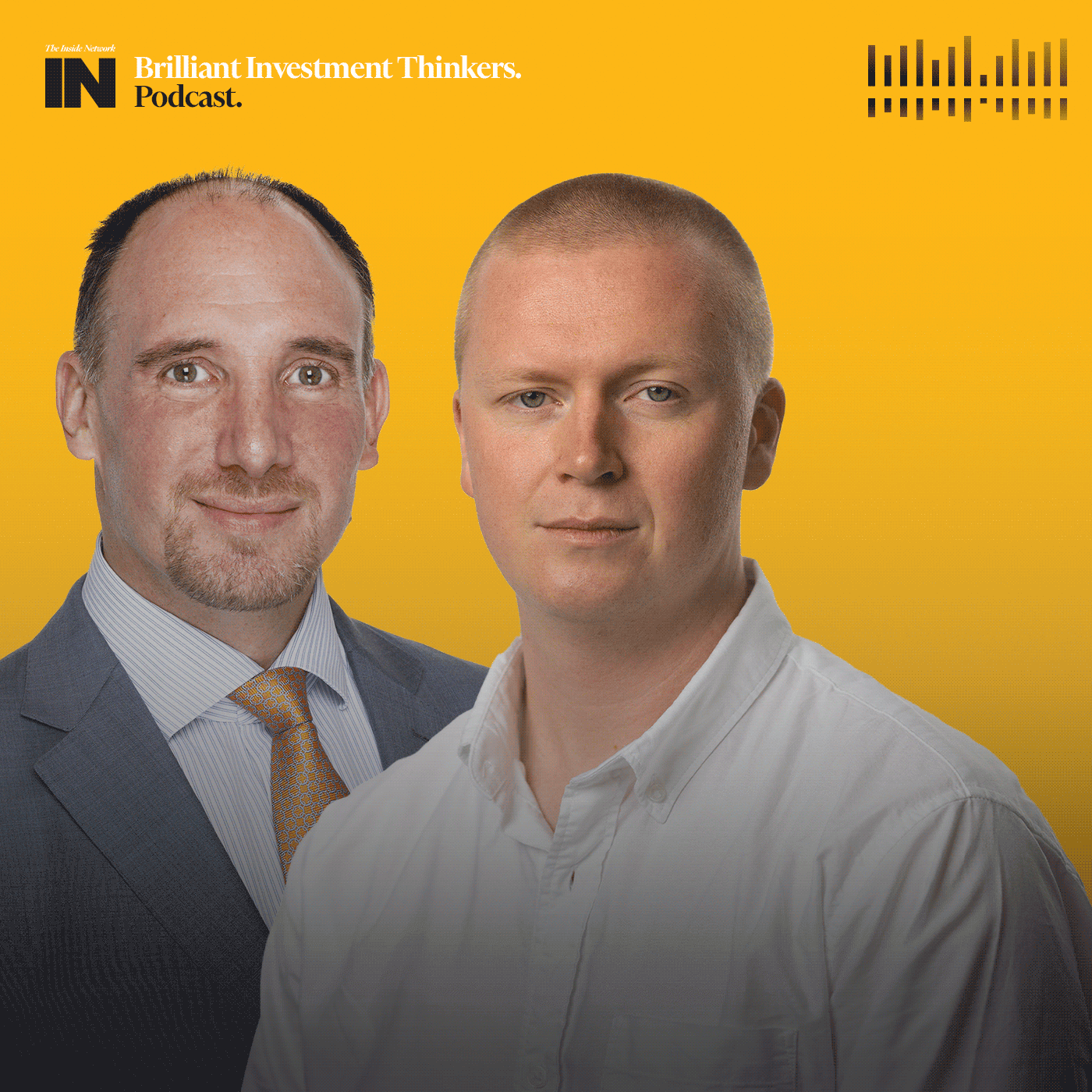‘Maximum diversification’ (and running with the bulls) pays off for ART
In what started as a tough year ART has returned a strong 10 per cent in its default option, which the fund’s head of investment strategy Andrew Fisher (pictured) attributes mostly to equity markets rallying since October and significant diversification across its alternatives allocations rather than “any one hero” in the portfolio.
“We certainly didn’t expect the equity beta rally that we saw,” Fisher told ISN. “Having said that you can talk yourself out of owning equities at the start of every year if you try hard enough. We tend to look through that a little; we probably expected 6-8 per cent. Ultimately if bonds are basically flat for the year it’s not really a rising rate story that’s holding markets back and inflation has been tempering over the course of the year – so despite all the doom and gloom it’s not hugely surprising.”
Chant West data from late June suggests the median growth fund return for the year sits at around 8.5 per cent. ART’s balanced option is about 70 per cent growth and 30 per cent defensive, with a 30 per cent allocation to alternative assets spread across both buckets. Around half of the equity portfolio is indexed.
Back in May, Fisher said that the “strongest positive signal” ART had was for Japanese equities – though the relatively low interest rate that signal was built off felt “a little bit at risk” – while UK equities were easier to run with given already elevated interest rates. Still, equities as a whole remain a “little overbid” relative to earnings – though Fisher notes that investors have been saying pretty much the same thing since 2009.
“The challenge with equity valuations more generally is they can grind a slightly better return than bonds for 10-15 years and you can be consistently wrong with that,” Fisher says. “They can do what they’ve done more recently which is actually outperform expectations on the earnings side and make you look really silly if you try and get underweight equities.
“We’re unlikely to be underweight equities in any meaningful way. Right now our positioning is about as flat as it’s ever been in terms of active positioning. Mildly – a very tiny – overweight equities, and the bigger position is underweight fixed income and overweight cash; inverted yield curves don’t look particularly attractive.”
ART has significantly scaled back its office property exposure over the last few years due to diversification concerns and the largest markdowns in its alternatives portfolio have been focused there; private equity and debt continue to perform strongly.
“We haven’t seen (office) to be a particularly attractive asset class in the core beta space but property is a very broad universe and there’s an awful lot of things you can do outside of office buildings and shopping centres,” Fisher says. “We were early adopters into the industrials space and the index has caught up to our holdings there.”
“The change in interest rates has been priced into our unlisted assets as we’ve moved forward.
What’s worth highlighting is that inflation-linked cashflows have been bid up a little bit in this environment and market… genuinely inflation-linked cashflow assets – core infrastructure for example – you’ve had competing forces of strong cashflows inflation-linked and a bid on those assets because it’s an attractive place to be, so risk premiums compress a little. Offsetting that, underlying discount rates have certainly seen valuations fall.”
There’s a lot of reasons to believe that inflation will come back into the band and a lot of reasons to believe it will stay structurally higher, Fisher says, and that uncertainty makes ART want to be “really diversified”, while the pending end of the interest rate hiking cycle is a “real concern”.
“There were a range of different projections from a range of different people at the start of this year,” Fisher says. “But I think the most insightful prediction I heard from a strategist was that, despite what you hear, the first half of this year is probably going to be pretty good because central banks can’t move that quick on rates, but the back half of this year might be a more challenging period. Equities are likely to surprise in the first half but I don’t think that’s going to stay through the back end of the year.”











